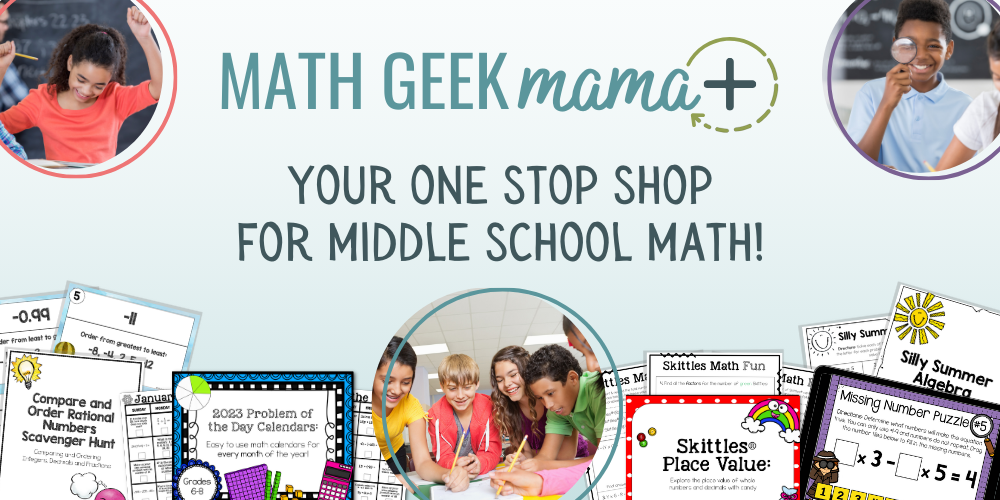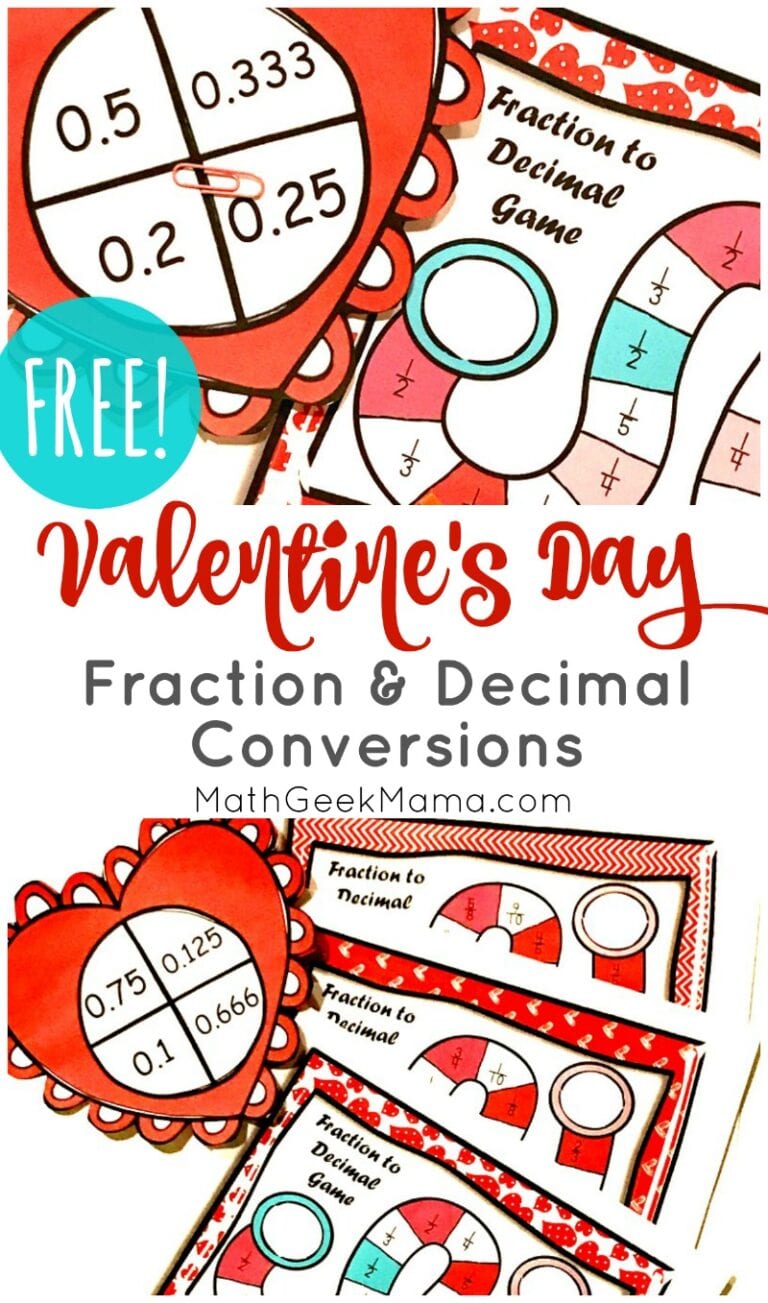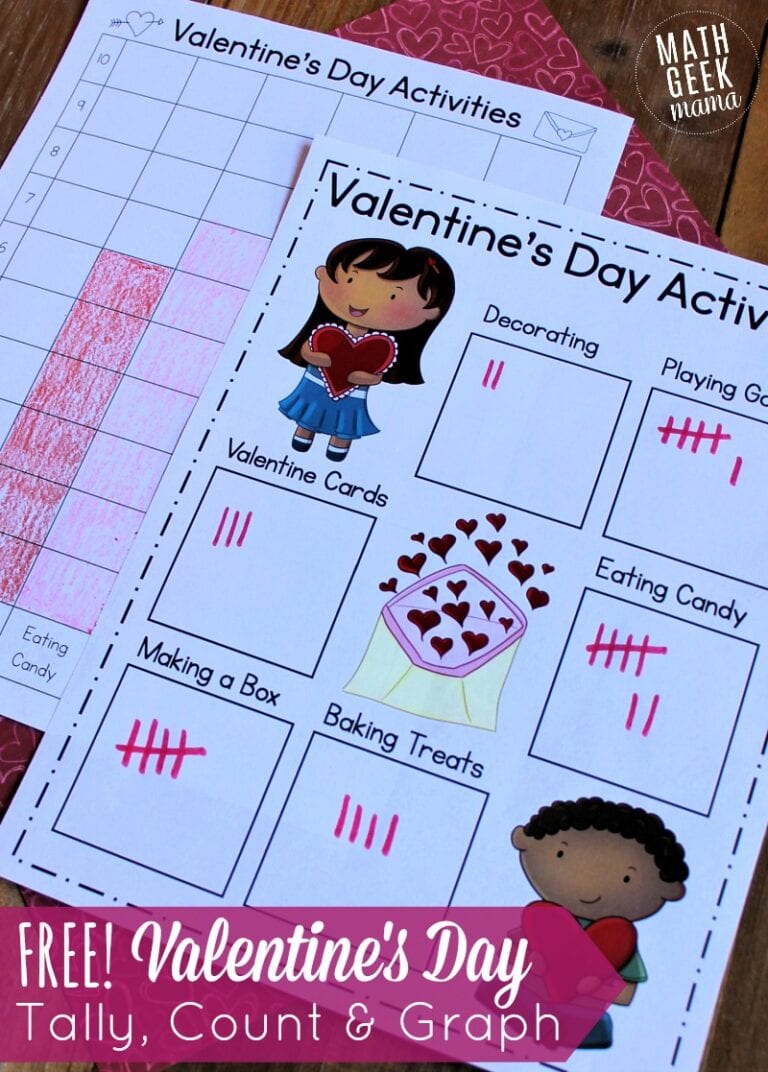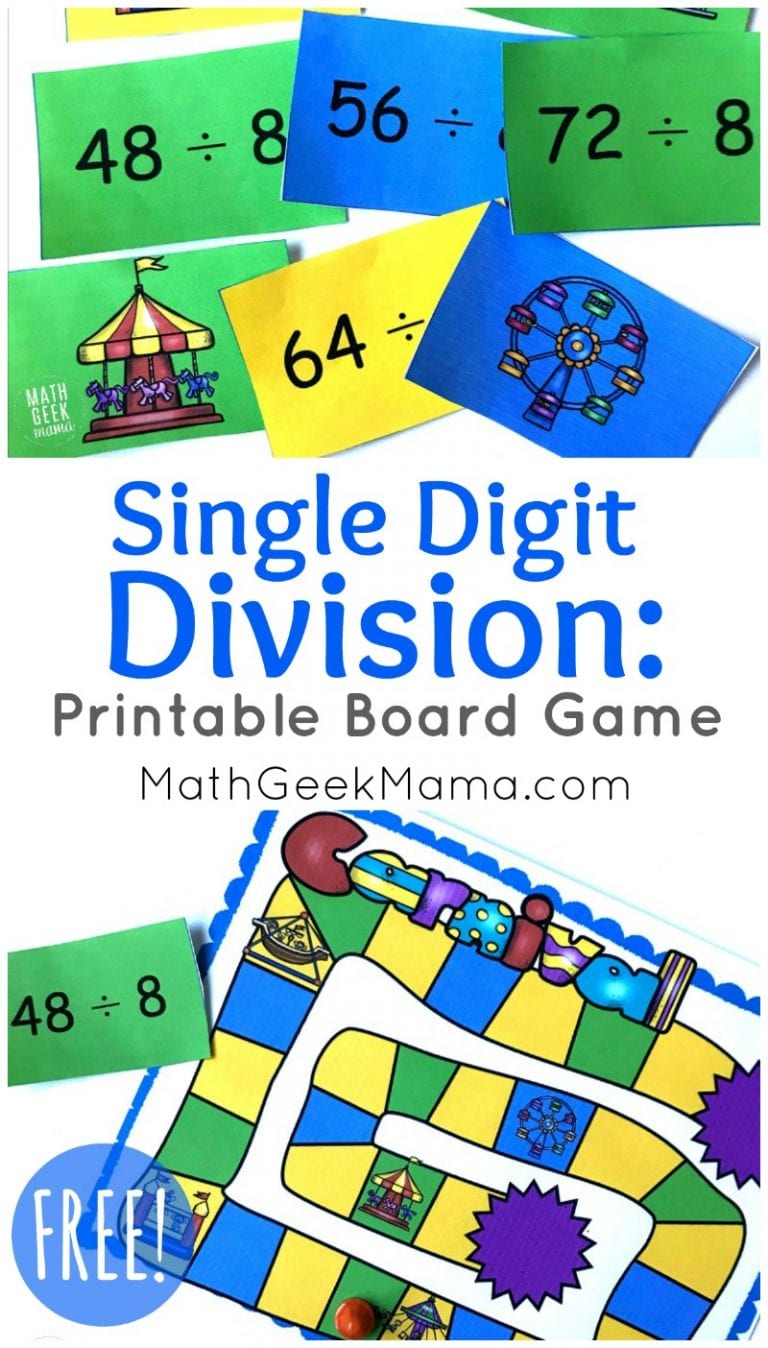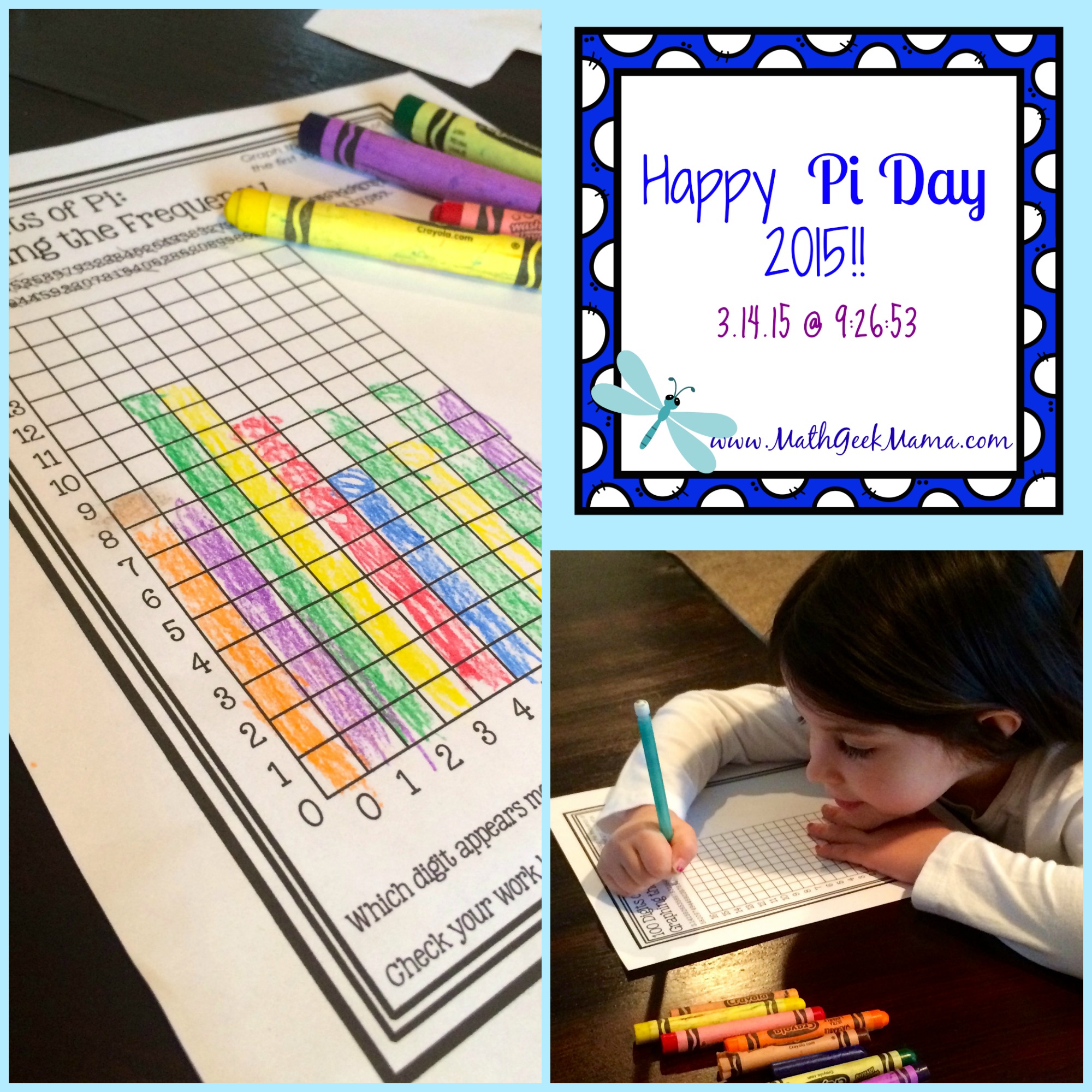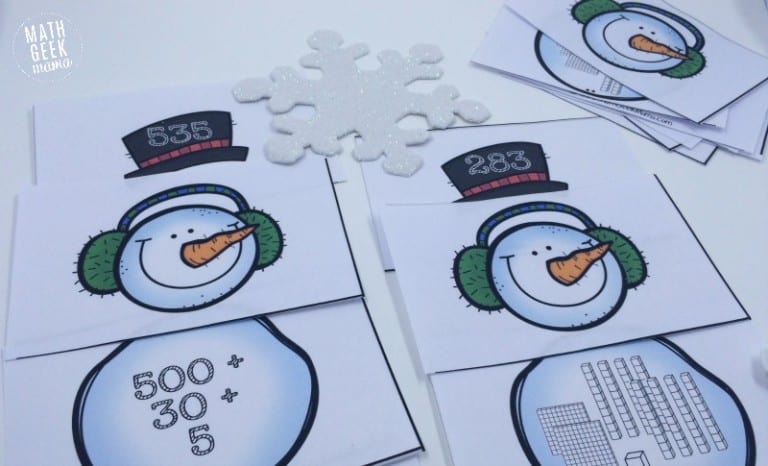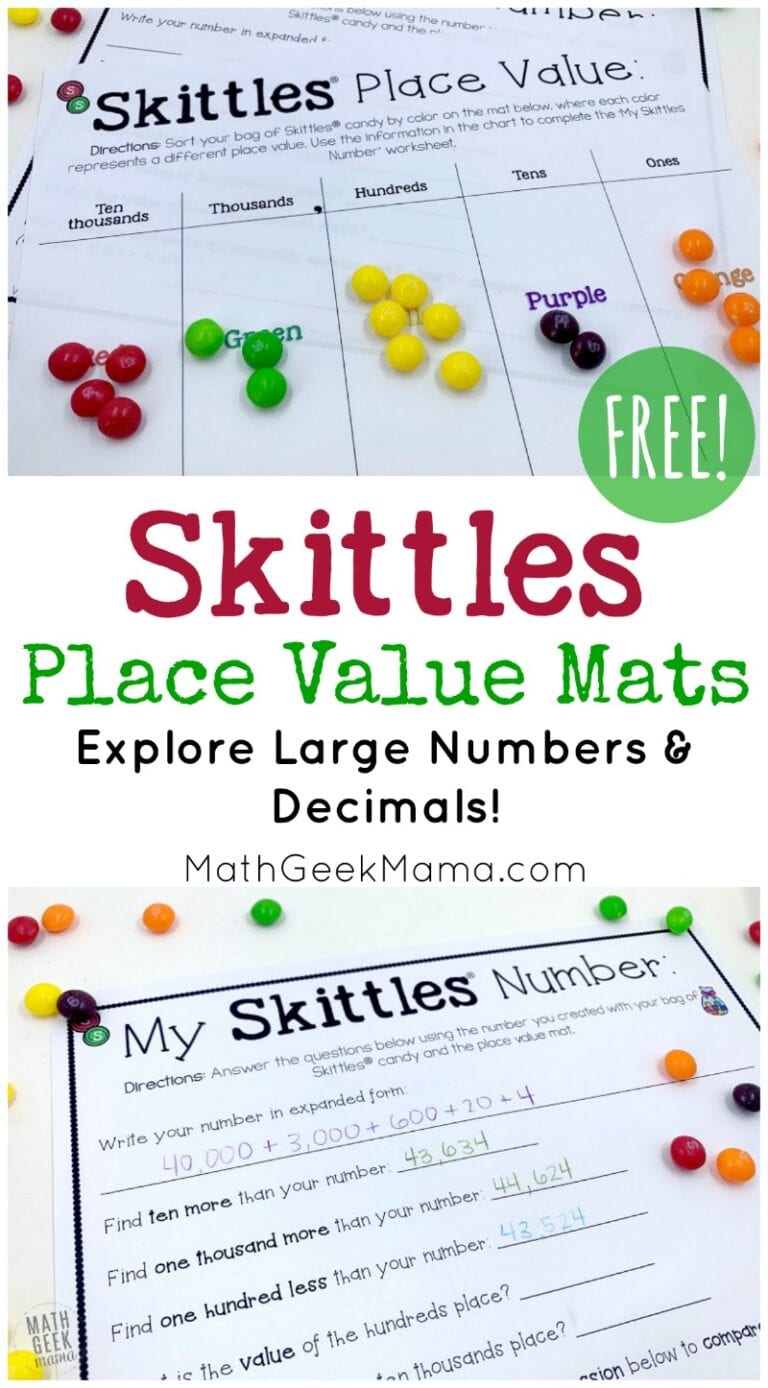Candy Math: Sampling & Inference Lesson – Grades 7-8
Who doesn’t love learning math with candy?! This engaging, hands on sampling & inference lesson will introduce students to population sampling using Skittles candy.
As a math teacher, I firmly believe in teaching math through problem solving and investigation. This means I try to present an interesting problem or question to students and let them play around and explore before we dig into formal definitions or algorithms. And when I can combine an important math topic with Skittles candy? That’s definitely a math win! This lesson starts with a real life data set related to baseball in the United States. Students then model the survey using Skittles candy to see how population sampling can lead to general inferences about the population as a whole. I hope this provides a fun statistics lesson for your students!
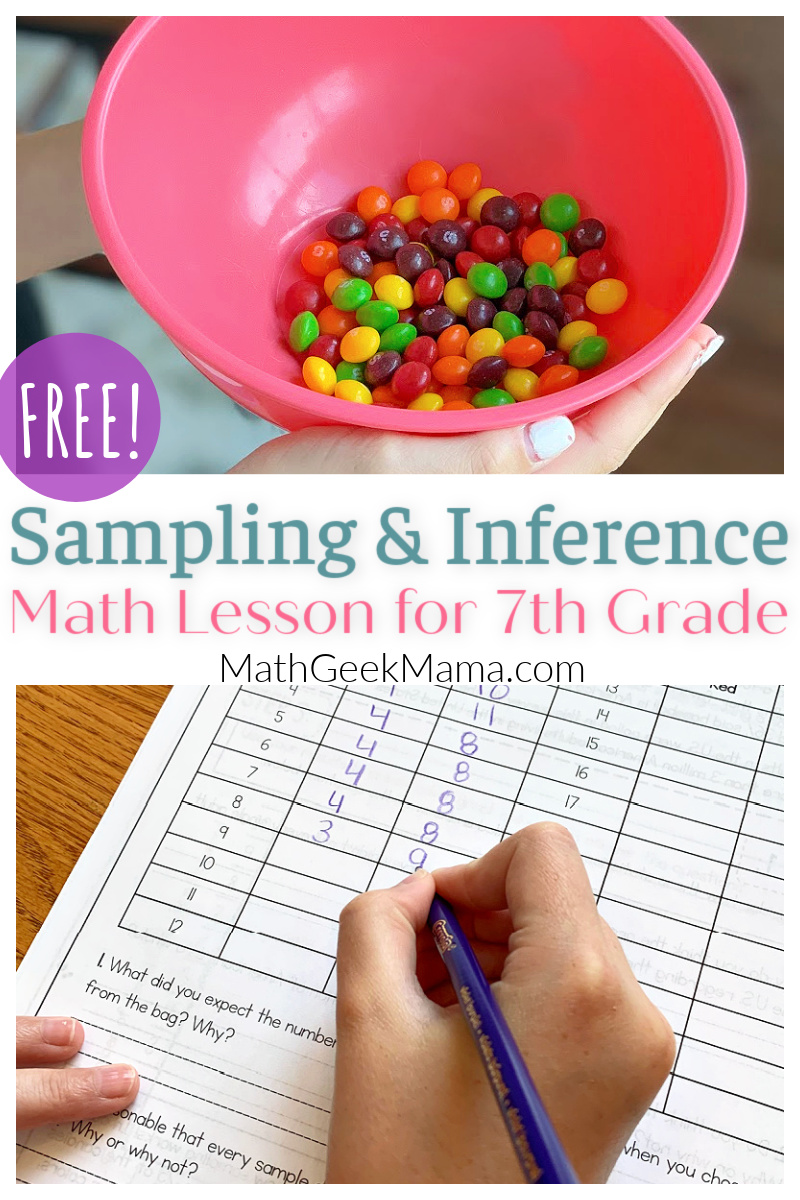
Materials Needed for Baseball Survey Inference Lesson:
- Bowl of exactly 100 Skittles candies with 25 RED and 75 other colors for each small group (or you could do this as a whole class)
- Student handouts for each student (grab this FREE using the link at the end of the post)
Get Students Thinking About Sampling & Inference:
Before running the experiment in small groups or as a class, present the results of the survey to students: according to YouGov survey of 1,000 adults, 25% of adults in the U.S. watch baseball on TV.
Then allow students time to think about and discuss the following questions:
- Why do you think the organization did not poll every single adult in the United States?
- Do you think these statistics are an accurate representation of the population as a whole? Why or why not?
Oftentimes, statistics are presented as fact and if we’re not careful, we can accept the results as general truths without diving deeper into the methods & sample size used.
The goal of this lesson is to help students see that statistically, using a sample can provide an accurate generalization about the population as a whole, BUT sample size plays an important role.
If the sample size is too small, the results may be skewed.
I hope this provides an important hands on, visual lesson for your students to see where statistics come from and how they can be helpful (or sometimes not so helpful!).
Setting Up the Statistical Inference Experiment:
To begin the experiment, students take turns drawing 12 Skittles out of the total ‘population’ of 100 Skittles candies.
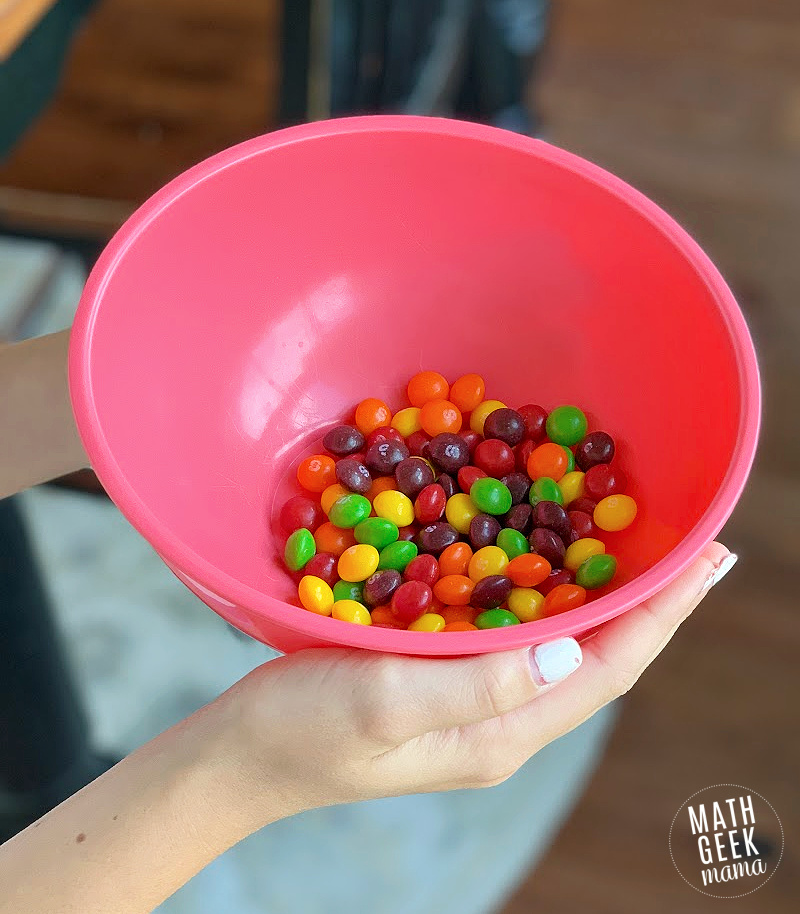
They then create a table of their samples, noting how many are red and how many are not.
The goal is to see that because the ratio of reds to the whole population is 1:4, in a sample size of 12, we would expect 3 to be red.
Of course, using random sampling, this will not always be the case, so not every sample accurately models the whole population.
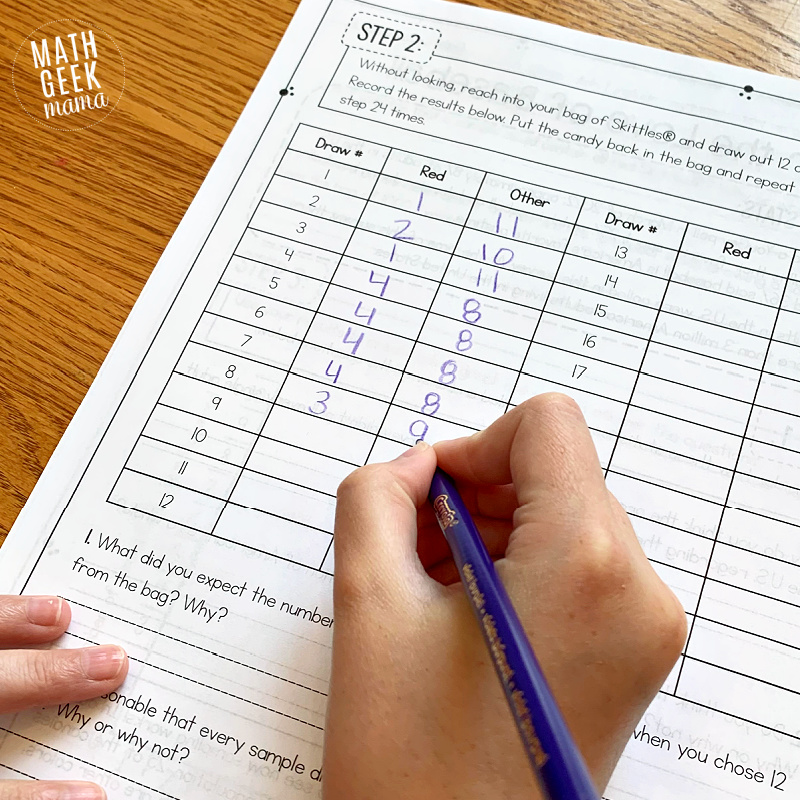
After running the experiment once, students answer a set of discussion questions and create a histogram of their data before trying it again, this time drawing a sample size of 24.
The goal then is to see that in a larger sample size, a larger percentage of samples closely model the population as a whole.
After running the experiment a second time, there are further discussion questions which students can answer on their own, in their small groups and together as a whole class.
Extension Ideas for the Sampling & Inference Lesson:
If you have time and your students are interested in exploring further, here are some ideas to extend learning:
- Have students run the same baseball survey with a sample of students at their school to compare results to the given survey
- Discuss how you might use Skittles candies to model the other results of the survey
- Discuss simulations and see how technology can simulate various experiments quickly
- Compare experimental probability and theoretical probability
Most of all, have fun diving into statistics, sampling and population inference together as a class!
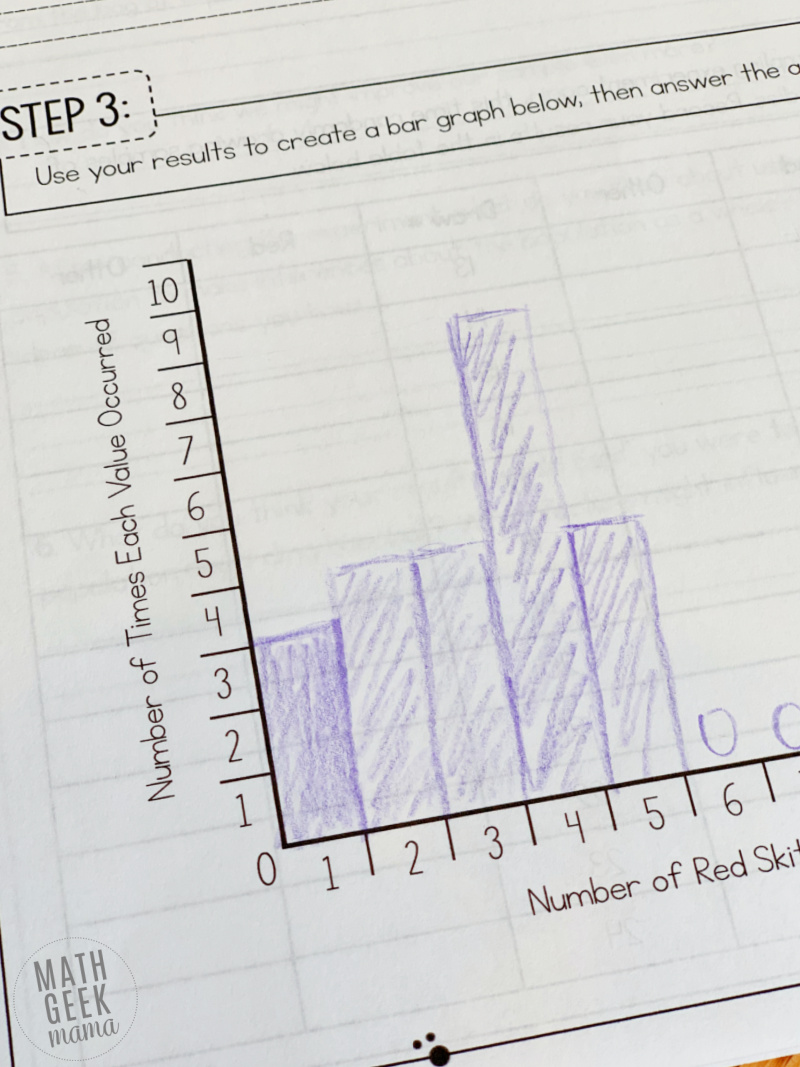
If you enjoy this lesson, become a Math Geek Mama+ member and gain access to the entire library of engaging math lessons like this one, hundreds of math games and low-prep practice worksheets for grades 5-8!
Learn more about Math Geek Mama+ right HERE.
Ready for more statistics & probability lessons? Try one of the resources below!
- Fun Probability Experiment with Dice {FREE}
- Analyzing Data Worksheet for Middle and High School
- Fidget Spinner Math Activity: Probability & Graphing
- Simple Coloring Probability Worksheets for Grades 4-6 {FREE}
Want to grab this free lesson? Use the link below to grab it from my shop!
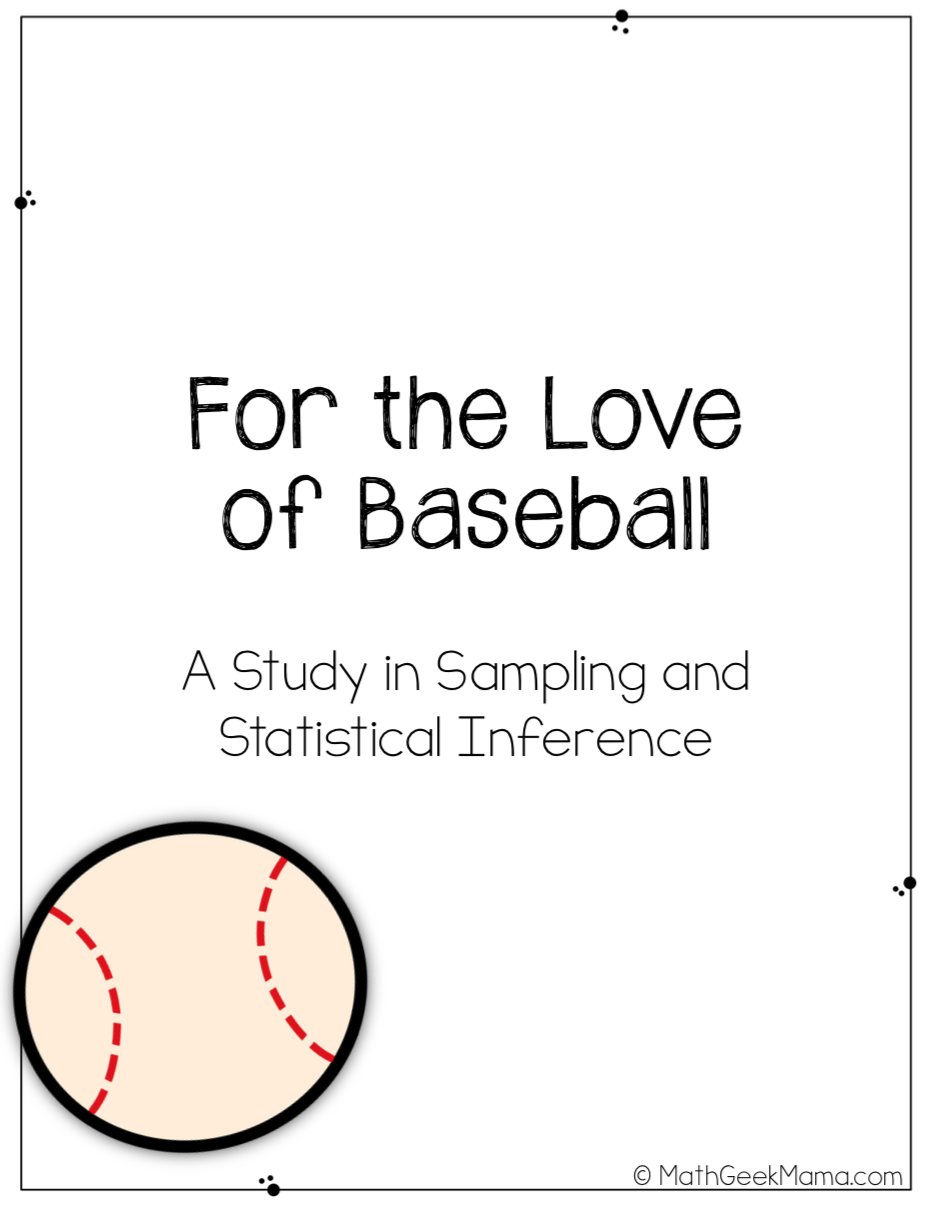
{Click HERE to go to my shop and grab the FREE Baseball Survey Sampling & Inference Lesson!}


